Peru: what to do, see, eat and drink
A destination guide to the land of the Incas
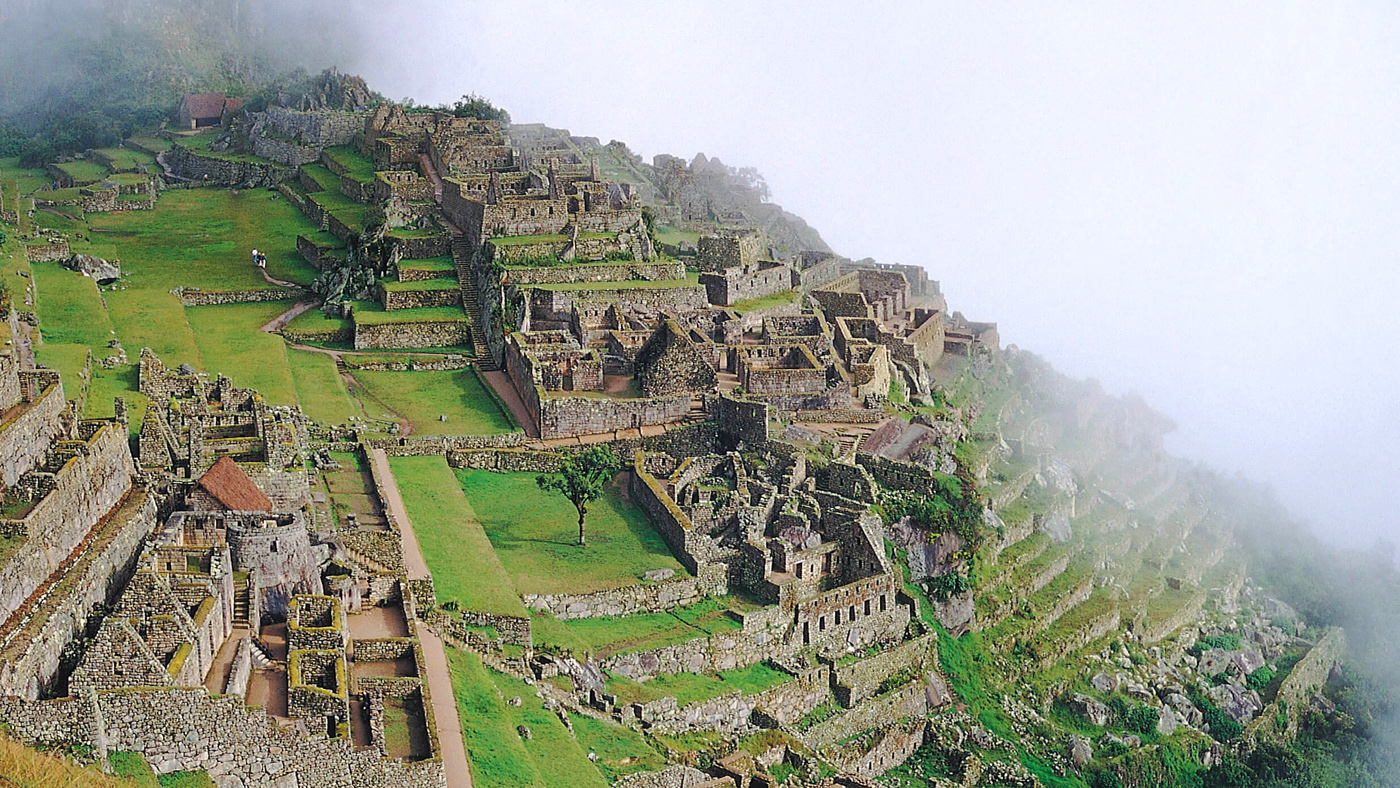
What to see
The Inca citadel of Machu Picchu lures thousands of visitors to Peru every year, but this feted site is a mere flash in a rich 5,000-year history. It’s an easily accessible day trip from the capital city of Cusco but you can also approach the ruins from above, via the Inca Trail, lauded as one of the most spectacular walks in the world. The four-day, 27-mile trek reaches 13,800ft at its highest point, but the pace is steady and includes stop-offs at lesser-known ruins. Numbers are limited to 500 per day but you’ll need to apply in advance.
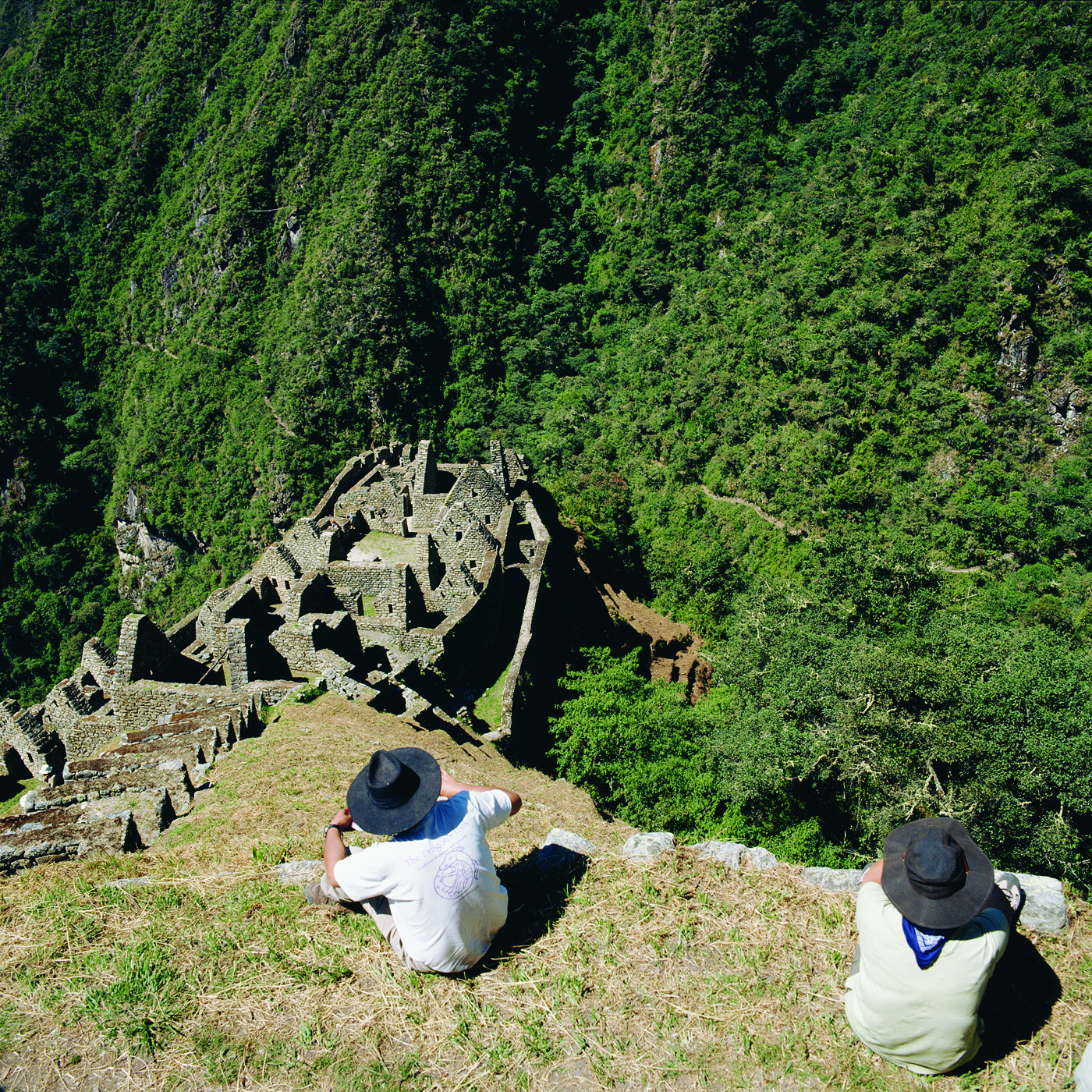
Located near the Pacific coast city of Trujillo, Chan Chan was the capital of the Chimú civilization, which lasted from A.D. 850 to around 1470, when it was conquered by the Inca Empire. Today you can explore the dusty labyrinths of an empire that stretched 600 miles from just south of Ecuador down to central Peru - the largest pre-Columbian ruins in all the Americas. Time is running out though, Chan Chan was built in an arid desert climate and traditionally lacked water but today the remains are gradually being washed away by flash flooding.
The Week
Escape your echo chamber. Get the facts behind the news, plus analysis from multiple perspectives.

Sign up for The Week's Free Newsletters
From our morning news briefing to a weekly Good News Newsletter, get the best of The Week delivered directly to your inbox.
From our morning news briefing to a weekly Good News Newsletter, get the best of The Week delivered directly to your inbox.
Lima may be the official capital of Peru, but cosmopolitan Cusco is the original seat of power for the Inca empire. Today narrow cobblestone streets lead to 16th century colonial architecture, ornate cathedrals and classy boutiques selling alpaca jumpers. After exploring the city for the day, head for the main square, the historic Plaza de Armas and stop off for a Pisco Sour.
What to eat
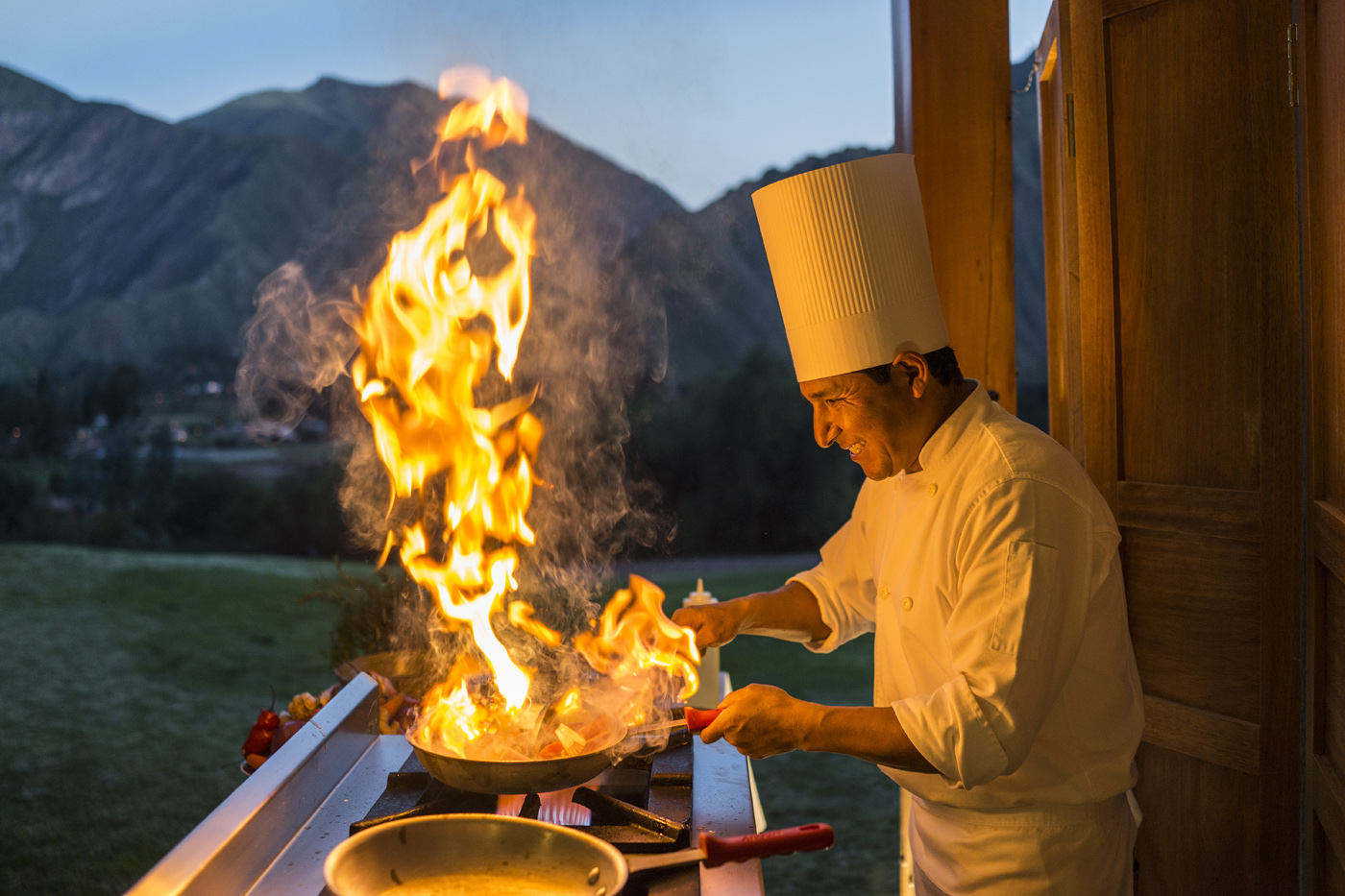
Geographic and cultural diversity has resulted in a vibrant cuisine that fuses Spanish, indigenous, Asian and African ingredients and cooking methods. “Ceviche” comes from the Quechua word “siwichi”, meaning “fresh fish” and the dish is so ingrained in Peruvian culture there’s even a national holiday dedicated to it. In Lima, fish is typically served within an hour of being caught and served with slivers of fiery chilli, a tantalising citrus pow and a pinch of salt. The length of time the fish “cooks” in lime juice varies across the country but generally the quality of the dish is top-notch whether sampled from roadside food stalls or sleek urban restaurants.
Lomo Saltado is a Peruvian-Chinese dish; the result of the arrival of the Chinese in the 1850s. Most households across the country will have their own recipe but generally Peruvian ingredients such as amarillo chillies, tomatoes and red onions are flambéed in a wok with strips of spicy beef. Fiery and smoky, it combines old and new worlds - a Peruvian must-try.
What to drink
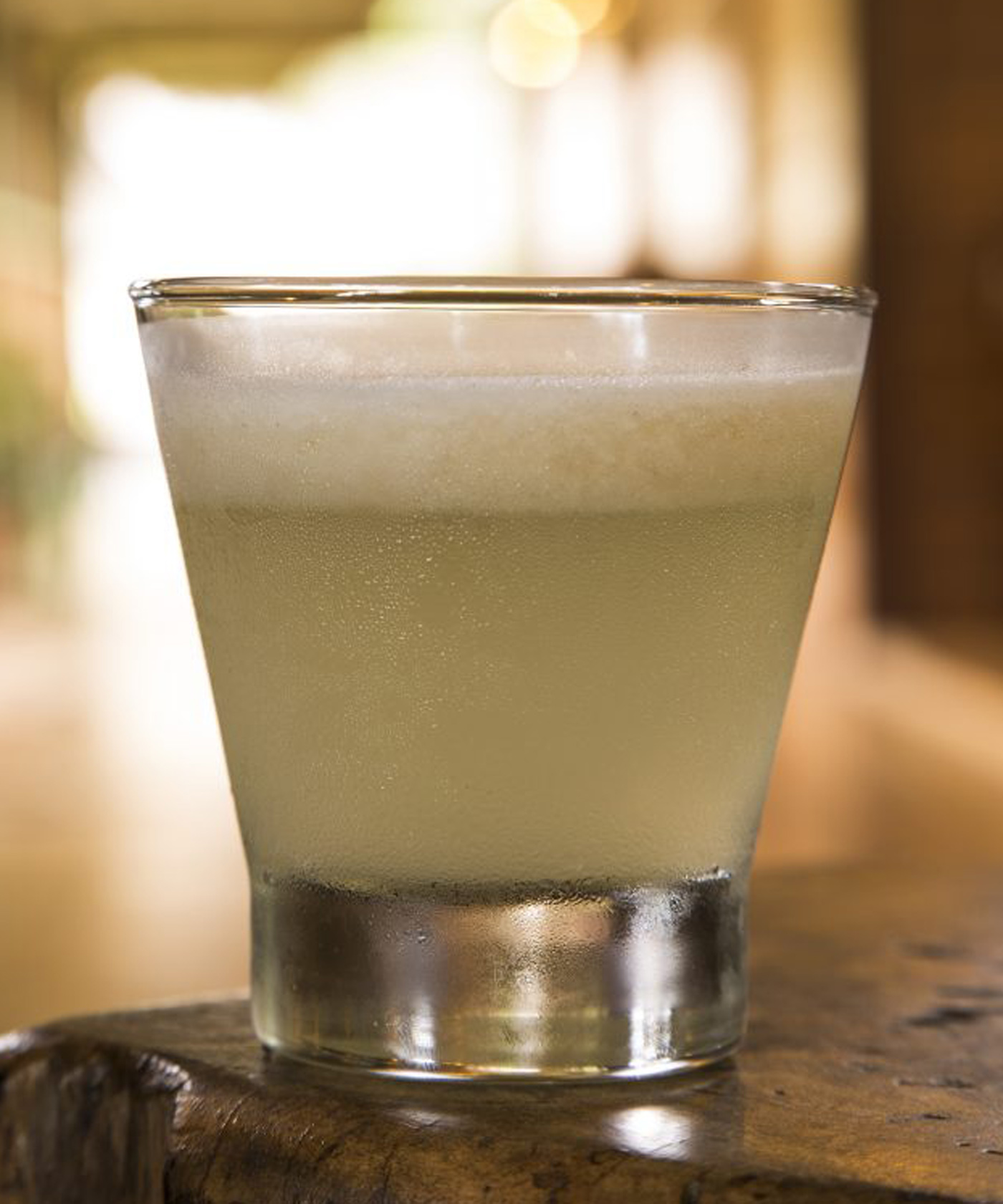
Peru’s signature drink, the famous Pisco Sour, is a curious and moreish mix of sharp and sweet. Fresh lime juice, syrup, egg white, and Angostura bitters are added to a base of Peruvian Pisco. The drink changes from cloud-like foam to icy cold in the time it takes for the liquid to break through the raw egg white. The famous drink is said to have been invented by Victor Morris at his wood-panelled bar in Lima during the 1920’s.
A free daily email with the biggest news stories of the day – and the best features from TheWeek.com
Chicha de Jora is a traditional Andean corn beer drink prepared over several days and fermented in huge earthenware vats. It has a taste similar to a bitter apple cider and is popular throughout southern Peru, normally sold in roadside 'chicherias' consisting of a back room or shed. Homes with Chicha de Jora for sale can be seen from miles away thanks to a red flag or ribbon at the top of a long bamboo pole.
For further information contact Journey Latin America, 020 8600 1881, www.journeylatinamerica.co.uk
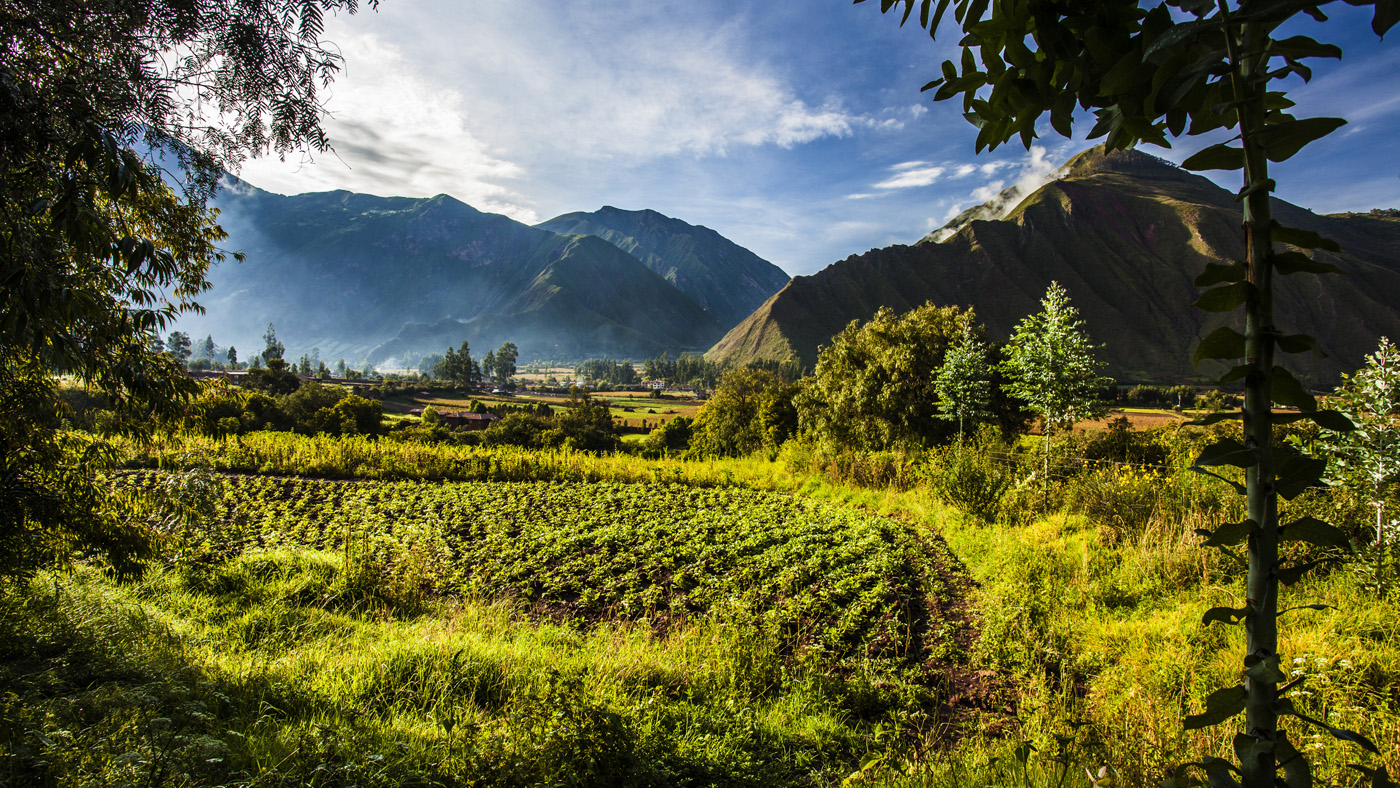
-
 Friendship: 'bromance' comedy starring Paul Rudd and Tim Robinson
Friendship: 'bromance' comedy starring Paul Rudd and Tim RobinsonThe Week Recommends 'Lampooning and embracing' middle-aged male loneliness, this film is 'enjoyable and funny'
-
 A beginner's guide to exploring the Amazon
A beginner's guide to exploring the AmazonThe Week Recommends Trek carefully — and respectfully — in the world's largest rainforest
-
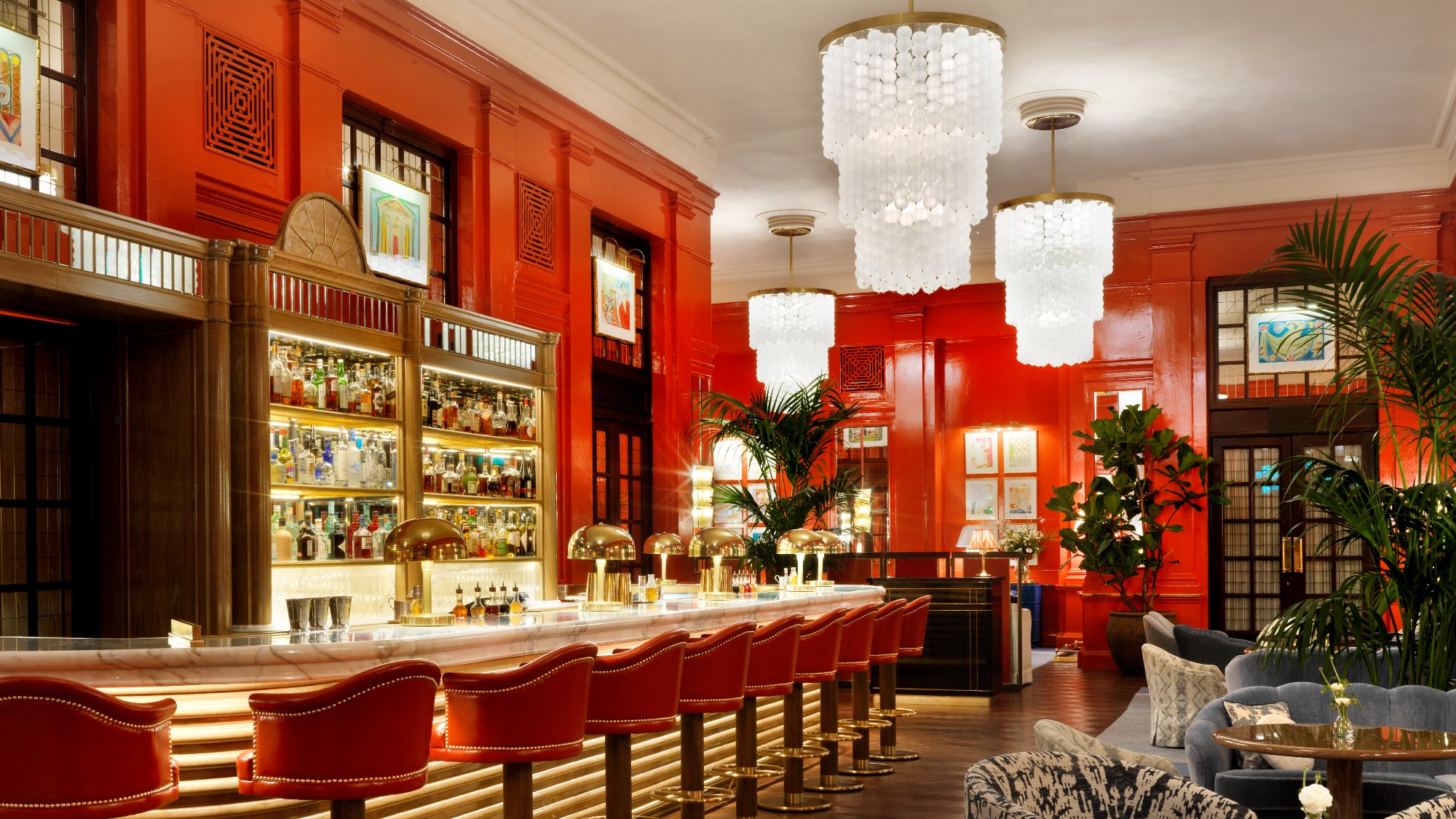 Raise your glass at these 7 hotel bars where the vibe is as important as the drinking
Raise your glass at these 7 hotel bars where the vibe is as important as the drinkingThe Week Recommends Have a pisco sour in Peru and a Bellini in Rome. Or maybe run into Bruno Mars in Vegas.
-
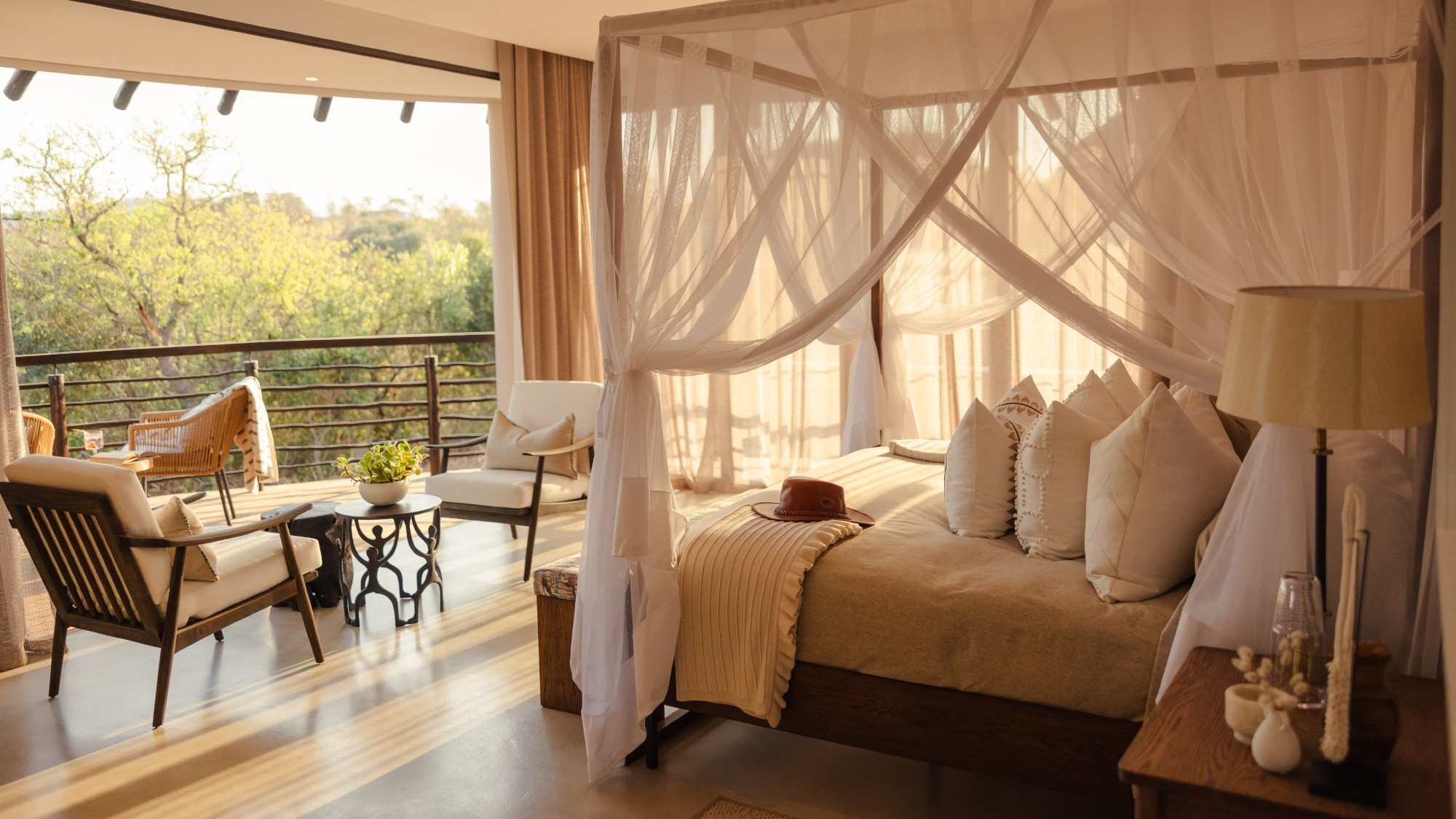 Take advantage of sublime October weather at these 7 hotels
Take advantage of sublime October weather at these 7 hotelsThe Week Recommends Rain, snow and sleet will absolutely not be keeping you from your destination
-
 The Count of Monte Cristo review: 'indecently spectacular' adaptation
The Count of Monte Cristo review: 'indecently spectacular' adaptationThe Week Recommends Dumas's classic 19th-century novel is once again given new life in this 'fast-moving' film
-
 Death of England: Closing Time review – 'bold, brash reflection on racism'
Death of England: Closing Time review – 'bold, brash reflection on racism'The Week Recommends The final part of this trilogy deftly explores rising political tensions across the country
-
 Sing Sing review: prison drama bursts with 'charm, energy and optimism'
Sing Sing review: prison drama bursts with 'charm, energy and optimism'The Week Recommends Colman Domingo plays a real-life prisoner in a performance likely to be an Oscars shoo-in
-
 Kaos review: comic retelling of Greek mythology starring Jeff Goldblum
Kaos review: comic retelling of Greek mythology starring Jeff GoldblumThe Week Recommends The new series captures audiences as it 'never takes itself too seriously'

